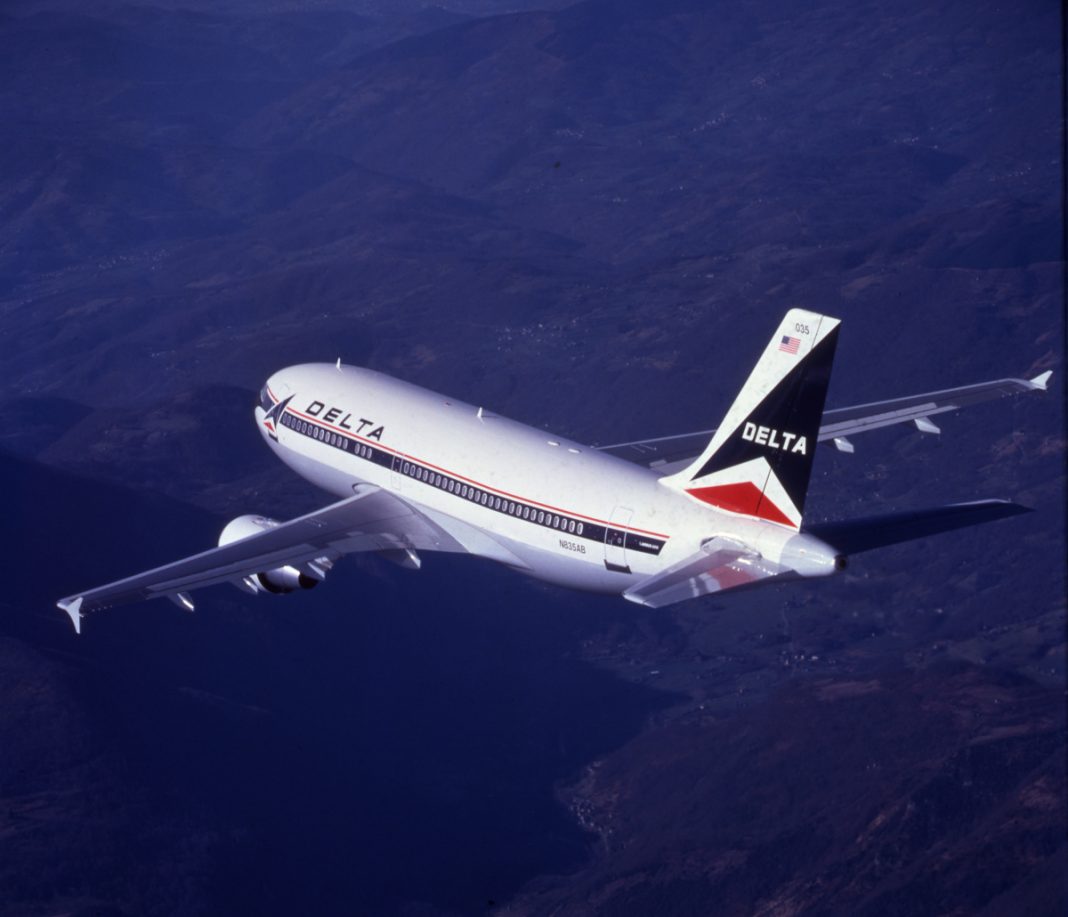Pan American World Airways is one of the most iconic airlines in United States aviation history. However, it faced a series of financial challenges before its eventual demise in 1991. Before the carrier entirely ceased operations that year, Delta Air Lines purchased some of its key assets. Pan Am’s transatlantic services and the Pan Am shuttle were both taken on by the Atlanta-based carrier, in a move that would mark a changing of eras in US aviation.

The highest bidder
In the summer of 1991, several airlines were bidding for the prized assets, with Pan Am looking to secure funds needed to pay off its creditors. TWA, United Airlines, and American Airlines had a joint bid of $1.3 billion ($3.7 billion today). However, Delta secured the deal with a $1.39 billion ($3.9 billion today) offer.
The Delta Flight Museum reports that the airline started operations with its new transatlantic routes on November 1st, 1991. This move enabled the firm to become a major carrier across the Atlantic overnight.
The deal included Pan Am’s services from New York to several key European destinations. Useful flights from Miami and Detroit to London were also taken on by Delta. The London flights were specifically to Gatwick Airport because Pan Am sold its Heathrow waypoints to United Airlines six years earlier.
Moreover, Delta took over the company’s hub operations at Frankfurt and New York JFK. Altogether, these transatlantic gateways offered a great balance for the carrier.

Opening up the doors
In the months before Delta started operating its new purchases, it served the following transatlantic destinations:
- Copenhagen, Denmark
- London and Manchester, England
- Paris, France
- Frankfurt Hamburg, Munich and Stuttgart, Germany
- Dublin and Shannon, Ireland
- Amsterdam, Netherlands
However, from November 1991, the carrier added the following cities to its network.
- Athens, Greece
- Berlin, Germany
- Brussels, Belgium
- Bucharest, Romania
- Budapest, Hungary
- Delhi and Mumbai, India
- Geneva and Zurich, Switzerland
- Helsinki, Finland
- Istanbul, Turkey
- Lisbon, Portugal
- Milan and Rome, Italy
- Moscow and St. Petersburg, Russian Federation (Russia)
- Nice, France
- Oslo, Norway
- Prague, Czechoslovakia (now the Czech Republic)
- Stockholm, Sweden
- Tel Aviv, Israel
- Vienna, Austria
- Warsaw, Poland
Noticeably, Delta now had a significant presence across the continents. The carrier could tap into several popular tourist and business destinations across the globe.
Pan Am was a pioneer when it came to several of these routes. The historic airline first scheduled service across the Atlantic back in 1939. Additionally, initial routes to Germany and other countries in Western Europe can be traced back to 1946. Furthermore, the operator purchased American Overseas Airlines from American Airlines in September 1950. This acquisition saw it start service to several key European airports four decades before Delta’s takeover.
Stay informed: Sign up for our daily aviation news digest.
The transaction also included lease and purchase agreements for 45 planes. These aircraft included 21 Airbus A310s, which were split by the following:
- Seven Airbus A310-200 (three owned and four leased)
- 14 Airbus A310-300 (all leased)
The widebody remains in limited service across the globe, but Pan Am became the first US airline to fly the plane when it started services with it in 1985.

Opportunities closer to home
It wasn’t only long-haul routes that Delta gained from following the purchase of Pan Am’s assets in 1991. It also benefitted from the ownership of the Pan Am Shuttle. This operation offered frequent service between New York and Washington, D.C., along with trips between New York and Boston. Delta took on these services from September 1st, 1991, under the brand of the Delta Shuttle. The airline was now positioned as the third-largest US carrier.
Altogether, Delta’s purchase of these transatlantic routes and the Pan Am Shuttle was the largest acquisition of flights in airline history. With this transaction, Delta affirmed itself as a global force.
There were some bumps in the road with the new ventures. The early 1990s was a difficult time in the industry. So, the airline had to initially cut some services on its new transatlantic routes to help reduce overall costs.
Several of the planes acquired were also taken on while they weren’t in the best shape. Subsequently, in 1993, nine of the former Pan Am A310s were replaced with fresh A310-300s leased from Airbus. Additionally, the remaining 12 Pan Am A310s were sent back to the European manufacturer.
Transition complete
Nonetheless, despite Pan Am raising its hopes following the securement of much-needed funds, it ultimately failed to recover from its bankruptcy. Overall, it was continuing to lose $3 million each day, and Delta subsequently put an end to its cash advances. The airline has already handed over $100 million to Pan Am, but this figure had failed to curb its losses or increase customer bookings.

Therefore, after failing to raise money from other sources, Pan Am ceased operations on December 4th, 1991. Ultimately, Pan Am’s collapse and Delta’s rise were results of the long-lasting impact that deregulation had on the aviation industry. Several veteran carriers found it hard to adapt to the new changes. However, while Pan Am couldn’t find a way out of the struggle, Delta eventually saw the light at the end of the tunnel and managed to capitalize.
Today, Delta stands tall as one of the big four US carriers, and it has maintained a strong presence both domestically and intentionally. The confidence and opportunities that came following its acquisition of Pan Am’s key assets would have helped the airline on its upwards journey through the decades.
What are your thoughts about Delta Air Lines’ takeover of Pan American World Airways’ transatlantic routes and shuttle service? Do you think that this was a good deal for the carrier? Let us know what you think of the move in the comment section.
[ad_2]
Source link


